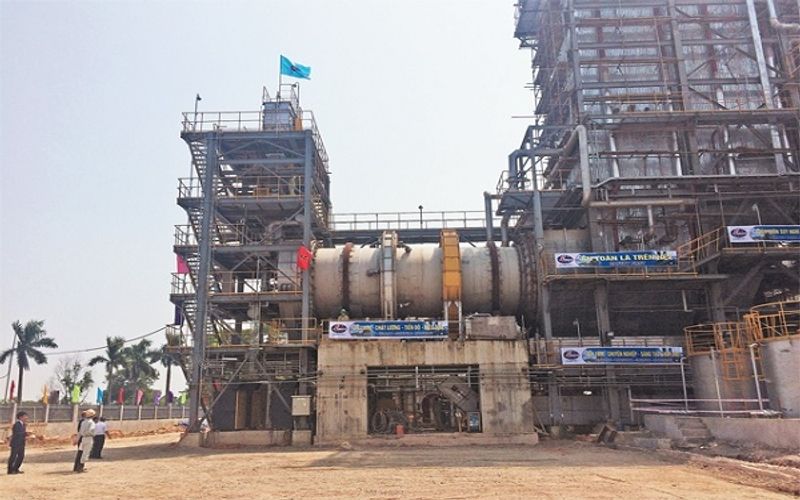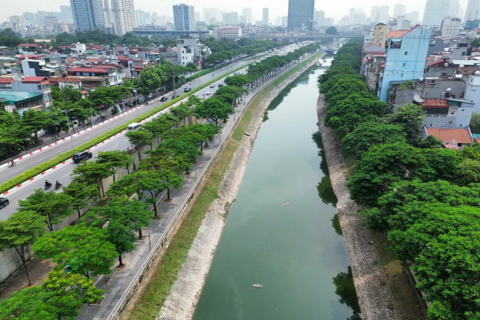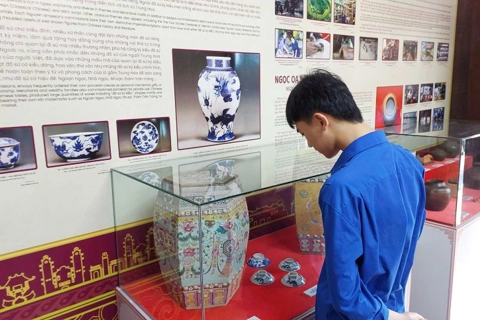Hanoi speeds up construction of largest waste-to-energy plant
The waste-to-energy station will make an important contribution to the city’s garbage treatment.
Hanoi’s authorities will actively remove difficulties for the completion of the waste-to-energy station in Soc Son district, the largest of its kind in Vietnam, and put it into operation as soon as possible.
The information was announced by Vice Chairman of municipal People's Committee Nguyen The Hung while inspecting the construction progress of the project at the Nam Son and Soc Son waste treatment complexes earlier this week.
| Nam Son solid waste treatment plant (Soc Son district) uses modern technology. Photo: VGP |
Specifically, Mr. Hung requested Thien Y Environment Energy Joint Stock Company, the project's contractor, to speed up the works and coordinate closely with relevant units to ensure job safety and Covid-19 prevention.
Besides, relevant units need to overcome unfavorable weather conditions to ensure that the works advance as scheduled and the project is put into operation in October 2020, the deputy mayor said.
Regarding the site clean-up work, Hung asked the Soc Son District People's Committee to expedite the payment of bonuses for the rapid progress of the site clean-up, as well as financial support for the temporary residence of households that moved voluntarily off the construction site.
To ensure socio-economic objectives, security, order and environmental sanitation of the city during the Covid-19 pandemic, the municipal People's Committee has assigned the Department of Transport to urge immediate maintenance and repair roads in the surrounding areas of the works.
The Hanoi Department of Finance has been asked to arrange funding for the above-mentioned urgent tasks.
The project, which costs about VND7 trillion (US$301 million), was approved by the Hanoi People's Committee at the end of 2017 and executed by the Chinese contractor.
The plant will have a processing capacity of 4,000 tons of waste per day to help treat litter collected from urban districts. It is said to use advanced European waste-to-energy technology to obtain an estimated amount of electricity of 75 MW per hour.
Hanoi currently discharges an average of 6,000 tons of waste per day. When the project is put into operation, it is expected to reduce waste pollution that affects the lives of local residents and be cost-effective.
Stressing the importance of waste treatment in a large city like Hanoi, the municipal government has invested heavily to modernize waste collection and treatment in recent years.
The waste-to-energy plant will make an important contribution to the city’s garbage treatment. The application of the technology can reduce the volume of waste buried in landfills which have become unsustainable as they lead to leakage of hazardous elements and leachate into the environment.











